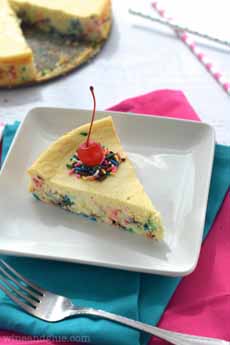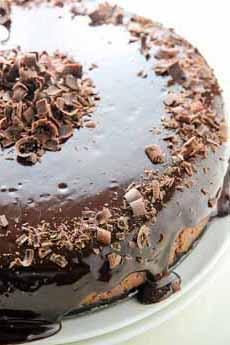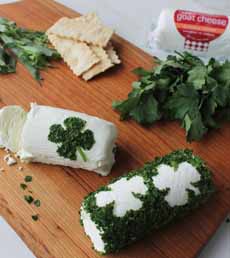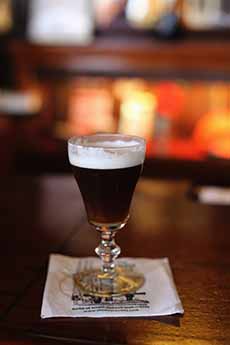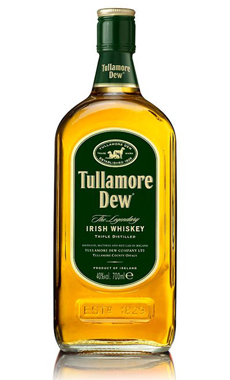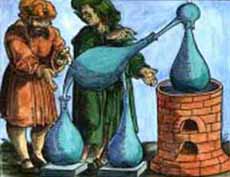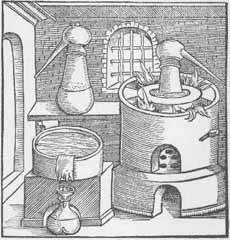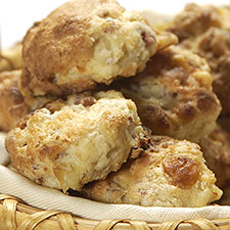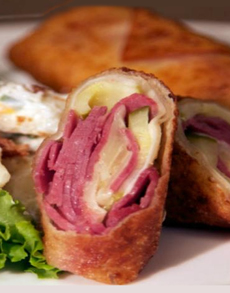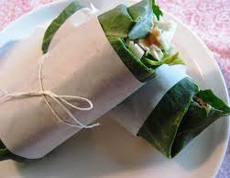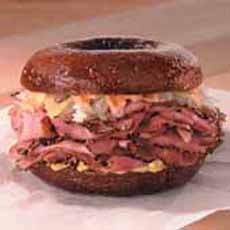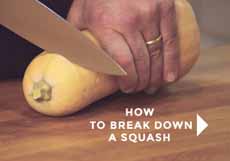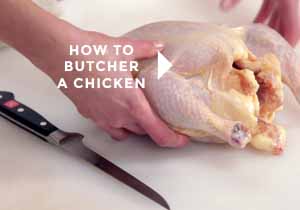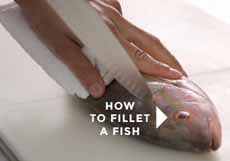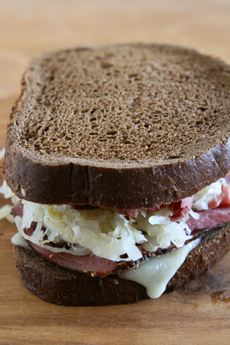
[1] A classic Reuben Sandwich (photo © J. Java | Fotolia).
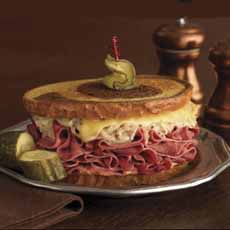
[2] A Reuben on marble rye (photo © Boar’s Head).

[3] A Turkey Reuben on plain rye instead of pumpernickel (photo © National Turkey Federation).

[4] Mini reuben sandwiches for cocktail appetizers, available at Mackenzie Limited (photo © Mackenzie Limited).
|
|
In 2013, March 14th was declared National Reuben Sandwich Day by the city of Omaha, the birthplace of the Reuben Sandwich. Today we have the history of the Reuben sandwich and Reuben-inspired recipes, including a Reuben biscuits recipe, below.
HISTORY OF THE REUBEN SANDWICH
As the story goes, Reuben Kulakofsky (1873-1960), a Jewish Lithuanian-born wholesale grocer, invented the sandwich in the late 1920s for his weekly poker game. He may have had input from members of the group, which held forth in the Blackstone Hotel from about 1920 through 1935.
The Reuben he created is a grilled or toasted sandwich on rye or pumpernickel, with generous amounts of corned beef, sauerkraut, Swiss cheese, and either Russian or Thousand Island dressing (the difference is the pickle relish in the latter).
Among the poker players was the hotel’s owner, Charles Schimmel, who added it to the Blackstone’s lunch menu, where it was quite popular.
But the Reuben Sandwich became known nationally when a hotel employee won a national contest with the recipe.
The National Sandwich Idea Contest was a promotion held during National Sandwich Month, to inspire professional cooks to create excitement in the sandwich category. It was sponsored by the Chicago-based Wheat Flour Institute.
The first winners were announced in 1956, and top honors went to Fern Snider, a cook at the Blackstone [source]. The sandwich recipe was provided (restaurant-sized, for 48 sandwiches!) to restaurants nationwide.
Another story credits Arnold Reuben (1883-1970), the German-Jewish owner of Reuben’s Delicatessen in New York City (open 1908 to 2001, changing locations numerous times).
In a 1938 interview with Arnold Manoff, a writer with the Federal Writers’ Project of the WPA, Arnold Reuben details his creation of the “Reuben Special,” but it was made with roast beef, not corned beef, in 1926 [source—a seven-page transcript of the interview].
He also claims, in that interview, to have created the concept of sandwiches named for celebrities. That claim is not contested.
The evidence says Omaha wins. But it took until March 2013, in Omaha, for the mayor to proclaim March 14th as Reuben Sandwich Day.
Check out our Sandwich Glossary for other sandwich histories.
REUBEN SANDWICH VARIATIONS
The Reuben has been adapted many times over, including a substitute of pastrami, turkey (photo #2) or tongue for the corned beef, and coleslaw for the sauerkraut. Rye or marble rye (photo #2) can stand in for the pumpernickel.
Some variations aren’t grilled (so the cheese isn’t melted, alas). Some variations:
Georgia Reuben: a Michigan variant of a turkey Reuben that substitutes barbecue sauce or French dressing for the Russian/Thousand Island dressing.
Grouper Reuben: a Florida specialty that substitutes local grouper for the corned beef.
Lobster Reuben: this Florida Keys variation substitutes lobster for the corned beef.
Montreal Reuben: substitutes Montreal-style smoked meat for corned beef.
Walleye Reuben: a Minnesota version that features the state fish, the walleye, instead of corned beef.
West Coast Reuben: substitutes Dijon mustard for the Thousand Island dressing.
We’ve also published recipes for Reuben Egg Rolls (photo #6) and Reuben Collard Wraps (photo #7).
A Reuben on a pumpernickel bagel (photo #8): Oy vey! A pumpernickel wrap sandwich is a much better homage (they’re made by Tumaro’s and can be found nationwide, including at Walmart).
How about Reuben Tacos?
This year we have Reuben Biscuits (photo #5). The recipe follows.
|
